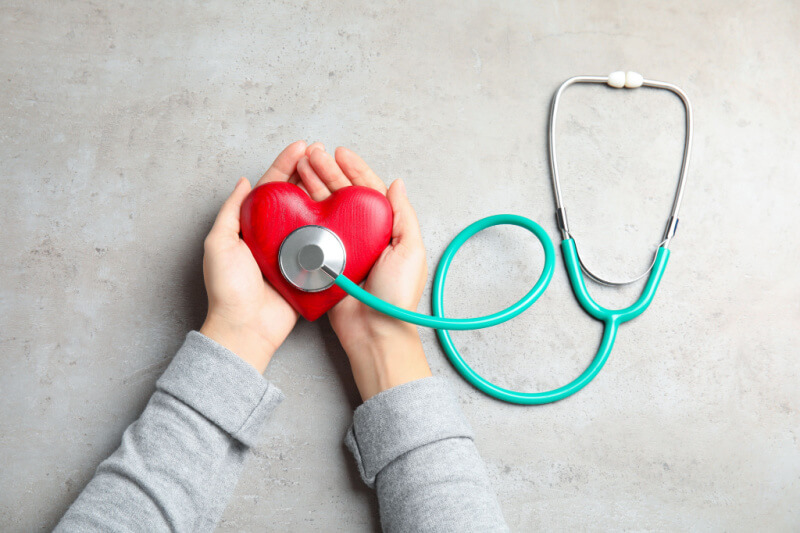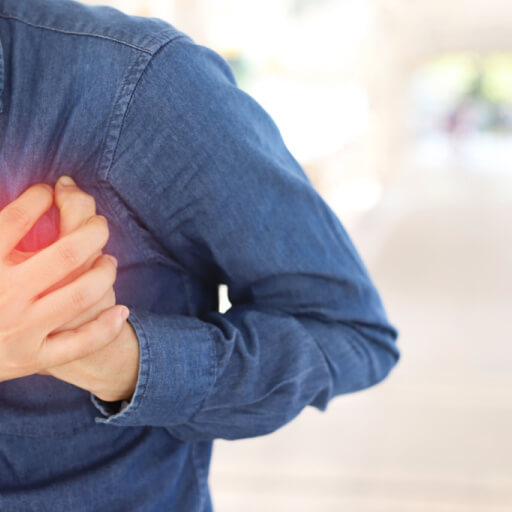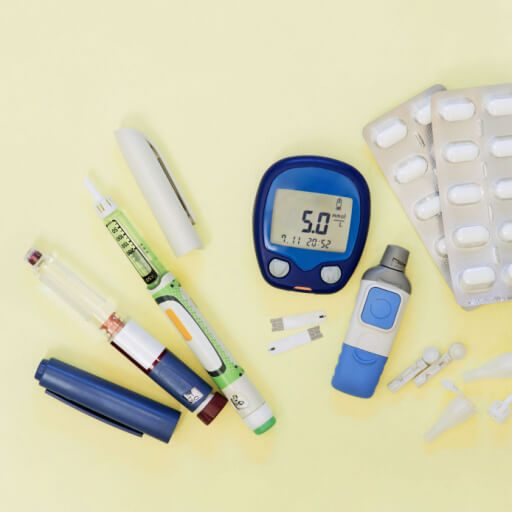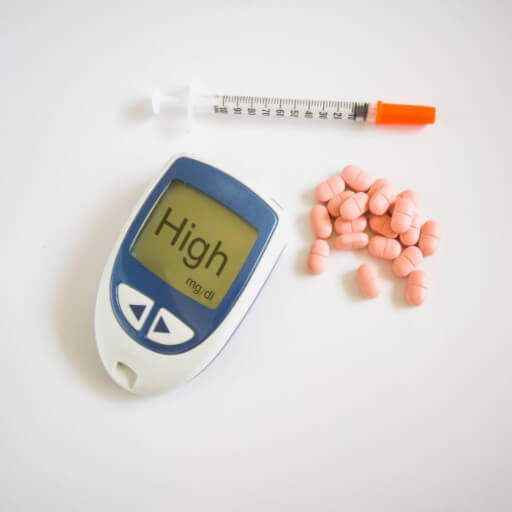World Heart Day is celebrated worldwide on the 29th of September to increase awareness about cardiovascular diseases, their warning signs, and ways to prevent them. There has been an increase in the prevalence of cardiovascular diseases among the youth. This rise has been attributed to various factors, and it is time that we listen to our hearts #AbSunoDilKi.
What you need to know:
- Factors leading to an increased cardiovascular risk among young adults
- Common symptoms of stroke
- Ways to reduce the risk of heart disease among the youth
Factors leading to an increased cardiovascular risk among the youth

The laidback lifestyle in recent times has made people more prone to chronic conditions. Here are some factors that have led to an increase in the risk of cardiovascular diseases among youngsters:
- Consuming unhealthy foods can lead to cardiovascular diseases, leading to low-density lipoprotein, also called bad cholesterol. Physical inactivity is also a potential reason for heart disease.
- Smoking tobacco is harmful to health. It damages blood vessels and is one of the leading causes of heart disease.
- Being under constant stress at a young age has resulted in high cholesterol, triglycerides, hypertension, blood sugar, and blood pressure among the youth. High cortisol (stress hormone) levels Undergoing significant physical exertion without preparation or severe biological stressors at a young age causes exertion on the heart. This leads to the formation of clots near the heart, leading to a stroke or heart attack at a tender age.
- Many children live on junk and unhealthy food containing large amounts of sodium (salt). A diet high in trans fats, saturated fats, sugar, and processed food are factors that increase the risk of cardiovascular diseases.
- Eating sugar in high amounts can cause diabetes. The sugar build-up in blood can damage blood vessels and nerves that help control the heart muscle.
- Not getting a health check-up before gymming and weight-lifting can also affect young individuals. Cross-training, intensive treadmill workouts or taking supplements can impact your heart, causing arrhythmia (an irregular heartbeat).
Common symptoms of stroke

Some most common symptoms of a stroke are:
- Weakness or numbness of the face, arm, or less.
- Light-headedness, unconsciousness or fainting.
- Shortness of breath.
- Breaking into a cold sweat and turning pale.
- Confusion or difficulty speaking.
- Severe headache with no known cause.
- Difficulty seeing with both eyes.
- Pain or discomfort in the centre of the chest.
- Pain or discomfort in the arms, left shoulder, elbows, jaw, or back.
However, not many young people take these risk factors seriously.
Ways to reduce the risk of heart disease among the youth

A healthy lifestyle can keep cardiovascular diseases and other chronic conditions, such as hypertension, diabetes, high cholesterol, and hyperglycemia, at bay. Introducing primordial prevention methods can go a long way in decreasing the risk of heart disease. This is especially crucial for people with a family history of cardiovascular diseases.
- The most important thing is to get regular cardiac check-ups, regardless of age.
- Change your passive lifestyle habits and pursue an active lifestyle. Take up some sport or physical activity that gets you moving.
- Exercise daily or practice yoga when you are faced with stressful circumstances.
- Monitor your lipid levels.
- Get 7-8 hours of adequate sleep.
- Refrain from smoking tobacco and alcohol.
- Also, reduce salt intake and consumption of sugar, fried, or oily foods in your meals. Instead, consume more fruits and vegetables and whole grain and fibrous foods.
- Try to change the social and environmental conditions that increase risk factors.
Stay active in the Activ Living Community to find more details on mindfulness and fitness.





 1800-270-7000
1800-270-7000











